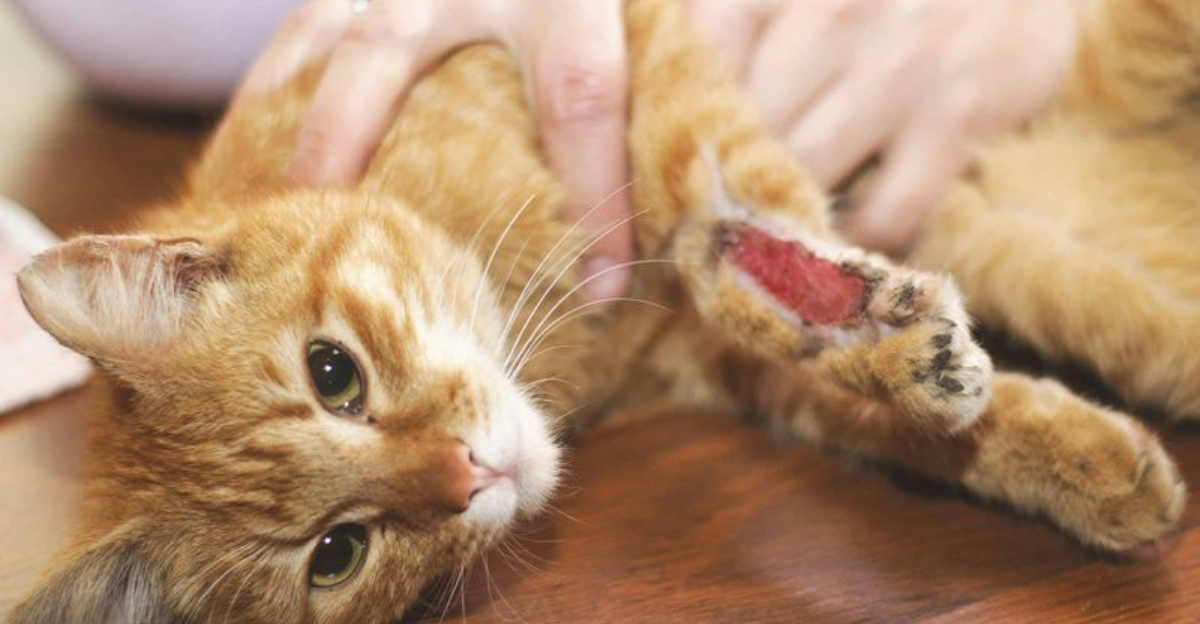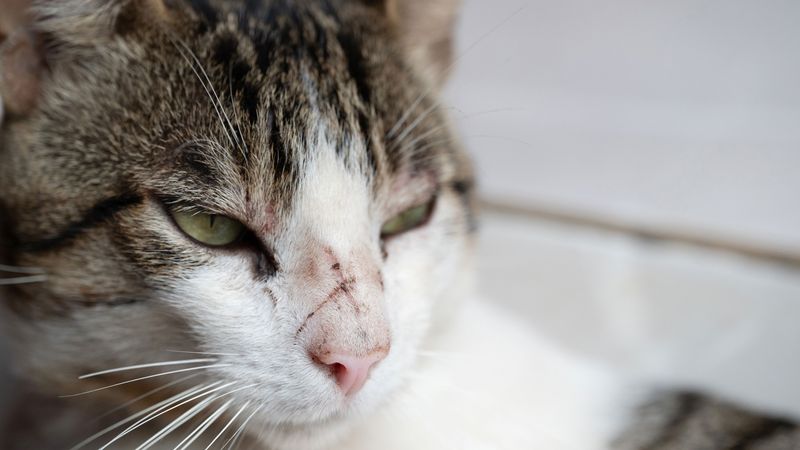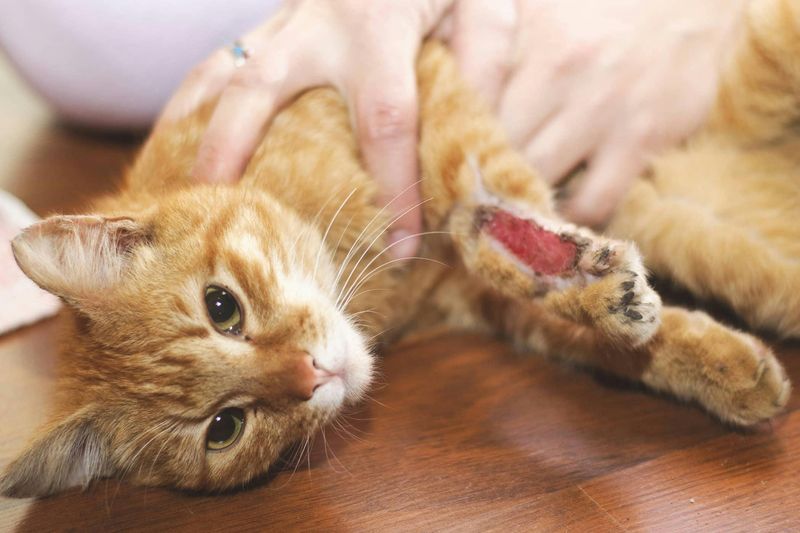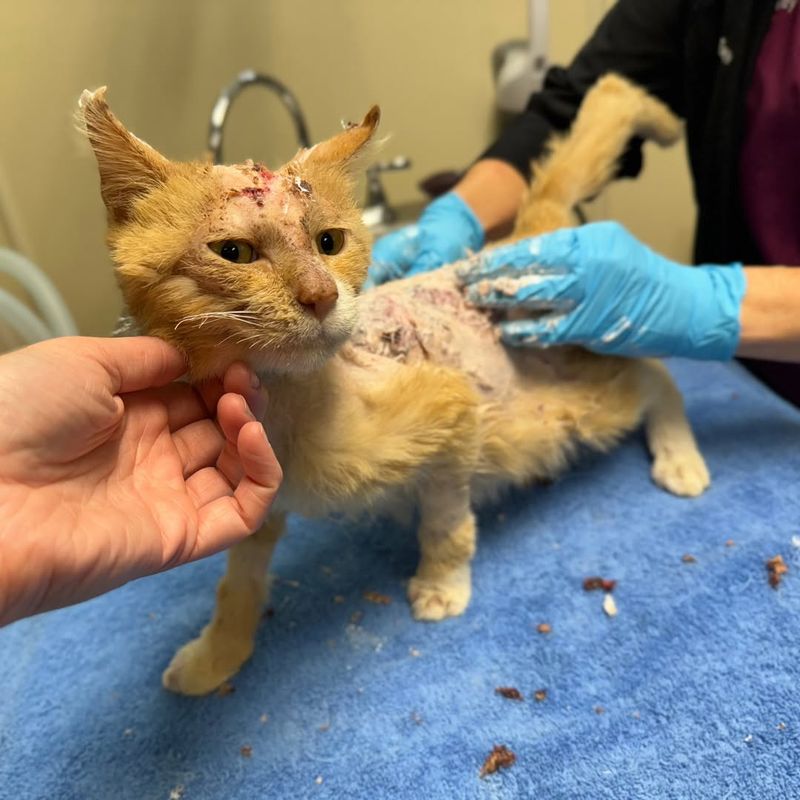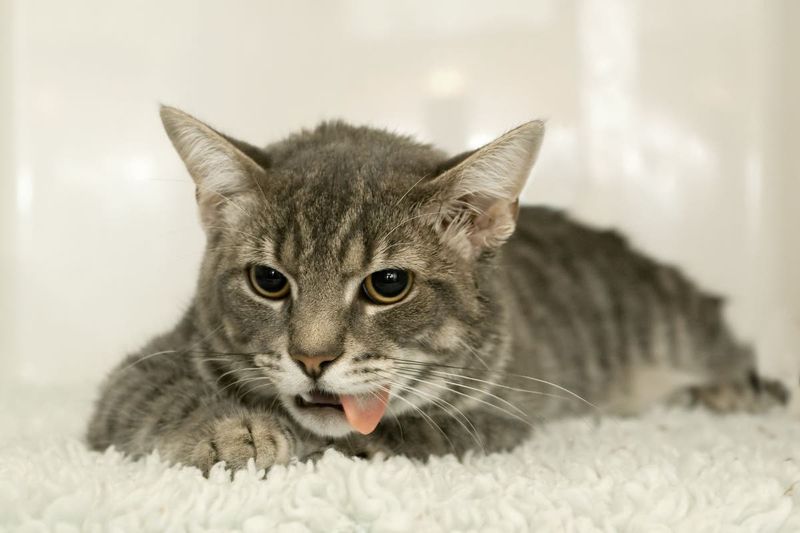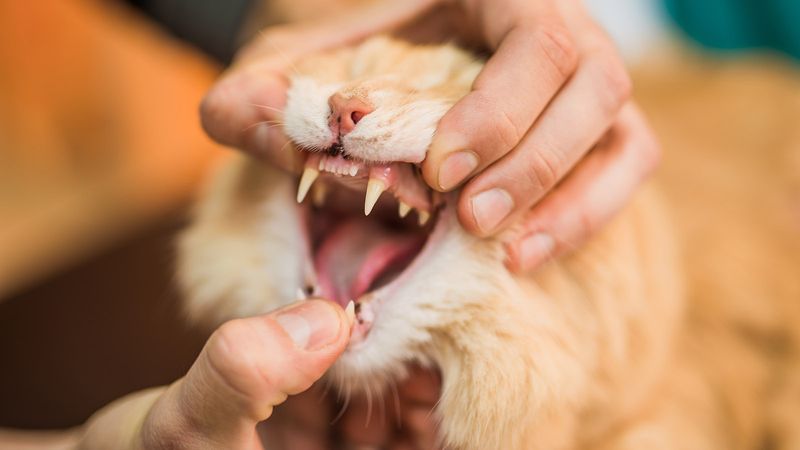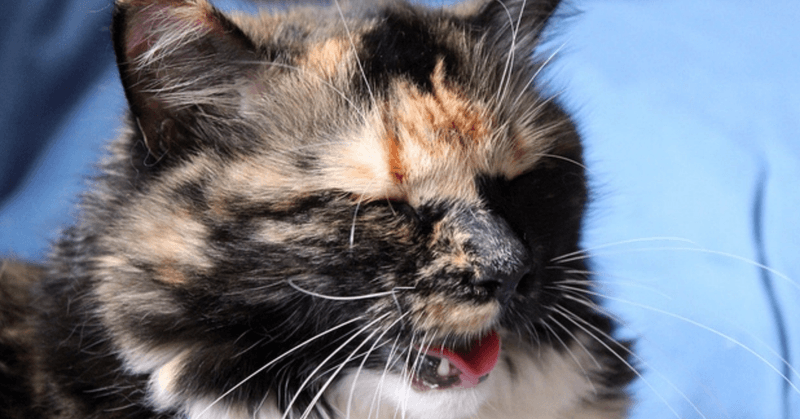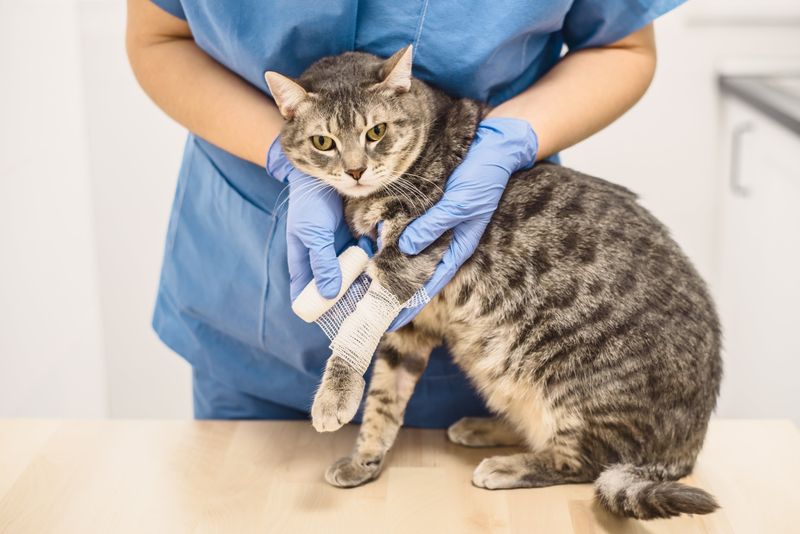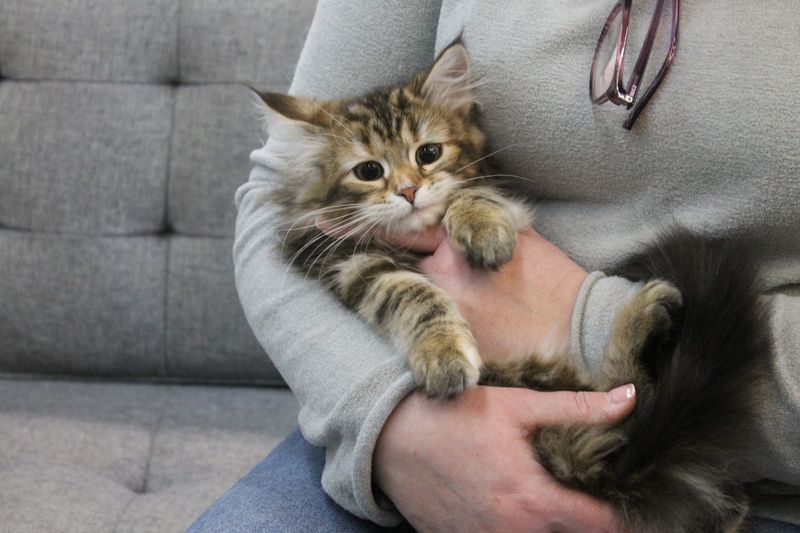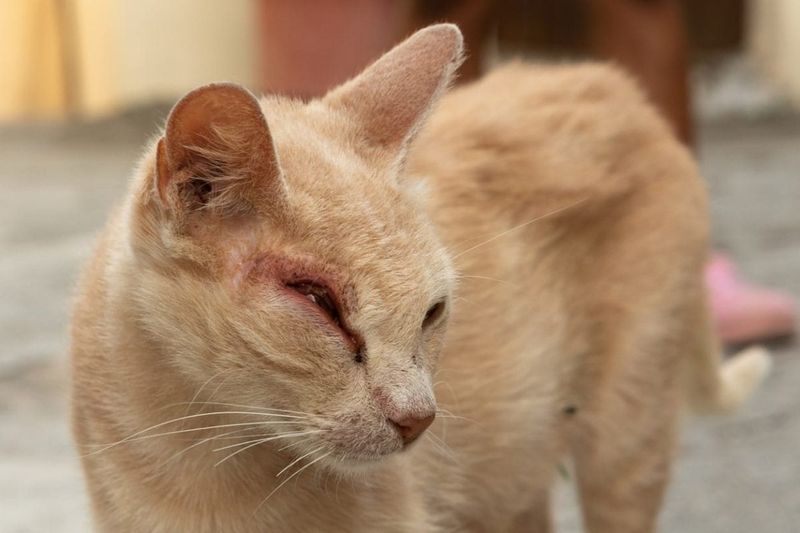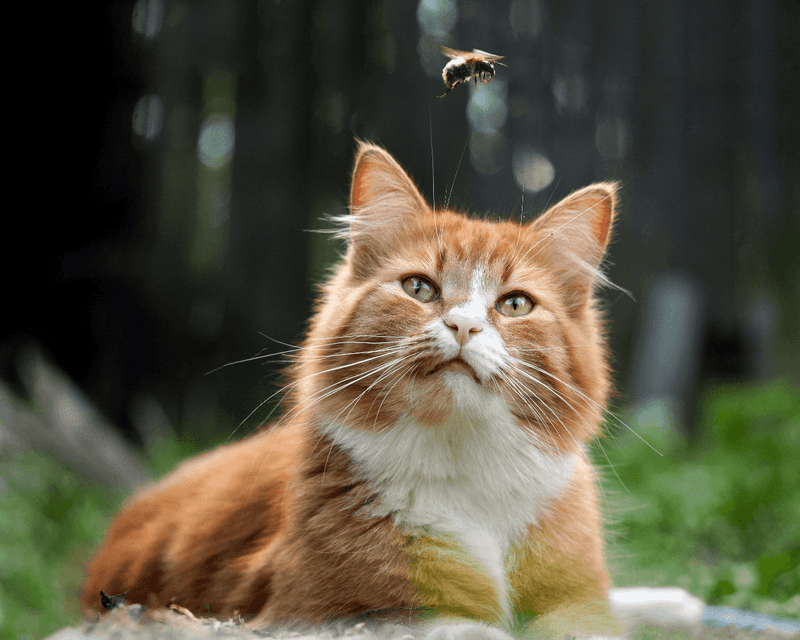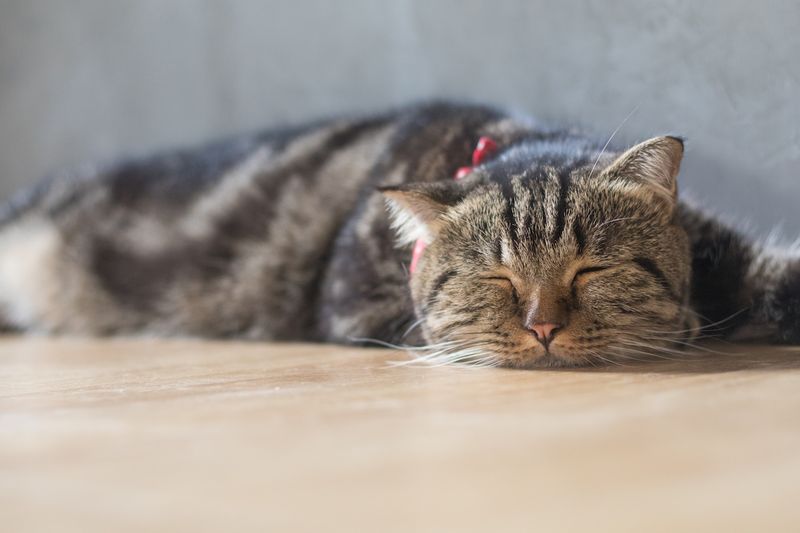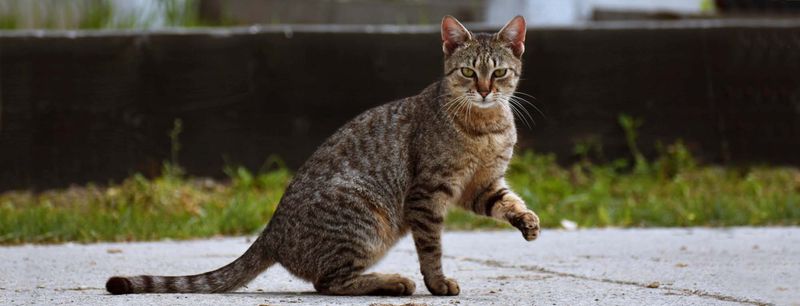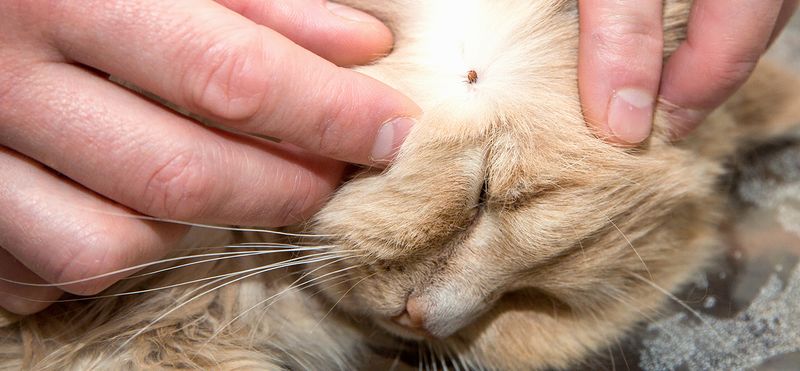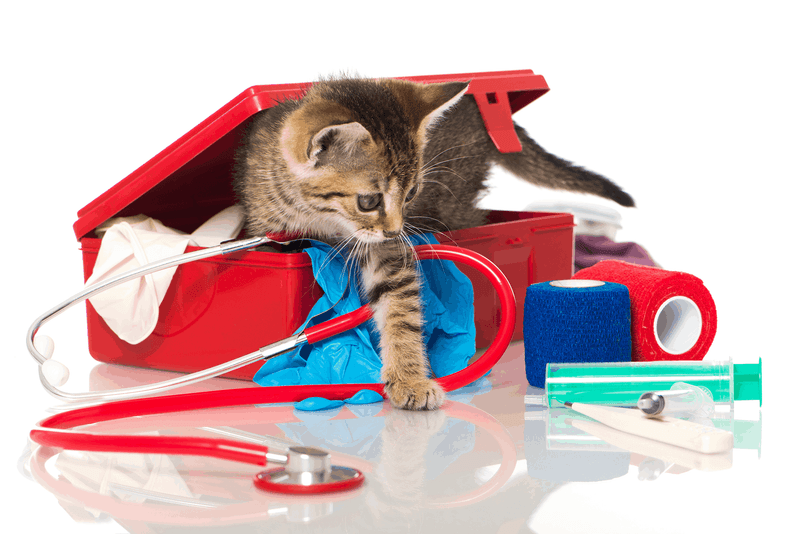📖 Table of Content:
- 1. Handling Minor Cuts & Scratches
- 2. Stopping Bleeding
- 3. Treating Burns
- 4. Recognizing Poisoning Symptoms
- 5. Handling Choking
- 6. Dealing with Heatstroke
- 7. First Aid for Broken Bones
- 8. Handling a Seizure
- 9. Treating Eye Injuries
- 10. Dealing with an Insect Sting or Bite
- 11. What to Do if Your Cat is Not Breathing
- 12. Handling a Limping Cat
- 13. What to Do After a Fall
- 14. Removing Ticks Safely
- 15. Creating a Cat First Aid Kit
Being a cat owner means taking responsibility for your feline’s health and safety, especially in unexpected emergencies. Having basic first aid knowledge can help you respond quickly and effectively when your cat is injured or unwell. A well-prepared owner can make all the difference in preventing minor issues from turning into serious health problems.
Understanding first aid techniques allows you to handle situations like cuts, burns, choking, or poisoning with confidence. Knowing what to do in these moments can provide temporary relief before getting professional veterinary care. Whether it’s stopping bleeding, cooling down an overheated cat, or recognizing signs of distress, being prepared ensures your cat gets the help they need.
To help you be ready for any situation, here are 15 essential first aid tips that every cat owner should know. Each tip comes with practical examples to guide you through handling injuries and emergencies. By learning these lifesaving skills, you’ll be better equipped to protect your feline friend and keep them safe in any crisis.
1. Handling Minor Cuts & Scratches
Cleaning small wounds is crucial for preventing infections in cats. Use warm water and an antiseptic made for cats. Human disinfectants like hydrogen peroxide can be too harsh. Gently clean the area using a soft cloth or gauze, being careful not to apply too much pressure or cause further irritation. If your cat resists, wrapping them in a towel can help keep them calm and prevent sudden movements. Monitoring the wound for signs of infection, such as redness, swelling, or pus, is essential in ensuring proper healing. If the cut doesn’t improve within a few days or worsens, consult your vet for further evaluation and possible treatment. A soothing voice can calm your cat during this process, making it easier for both of you.
2. Stopping Bleeding
When a cat is bleeding, apply gentle pressure with a clean cloth or gauze to control it. Ensure the cloth is clean to prevent infection. Bleeding should stop within a few minutes. If it doesn’t, or if the wound is deep, seek veterinary care promptly. Keep calm, as cats can sense anxiety, making them more stressed. This approach helps ensure a smoother process. Additionally, if the bleeding is from a paw or limb, elevating the area slightly may help slow blood flow. You can also distract your cat with a treat or soothing voice to keep them still while you assess the injury.
3. Treating Burns
For minor burns, run cool (not cold) water over the area for a few minutes. Avoid applying creams or ointments without vet approval, as they can worsen the condition. Observe your cat for changes in behavior or worsening of the burn. If you notice unusual symptoms or if the burn appears severe, reach out to your vet. Stay calm to help your cat feel secure during treatment.
4. Recognizing Poisoning Symptoms
Poisoning symptoms include excessive drooling, vomiting, or weakness. If you suspect your cat has ingested something toxic, call your vet or an animal poison control hotline immediately. Don’t wait for symptoms to worsen, as rapid action can be lifesaving. Keep potential poisons out of reach to prevent accidents. Being vigilant about your cat’s environment is key to their safety. Some common household dangers include certain houseplants, human medications, and foods like chocolate or onions. If possible, try to identify what your cat may have ingested, as this information can help the vet determine the best treatment quickly.
5. Handling Choking
If your cat is pawing at their mouth or struggling to breathe, they might be choking. Check for visible obstructions but avoid reaching blindly into their mouth. Seek immediate veterinary assistance if the problem persists. Ensuring your cat doesn’t have access to small, swallowable items can prevent choking incidents. Quick response is crucial to their safety.
6. Dealing with Heatstroke
Heatstroke can be life-threatening for cats. Move them to a cool place and apply damp cloths to their paws and ears. It’s essential to seek emergency veterinary help if your cat seems lethargic or shows signs of distress. Keeping them hydrated and avoiding hot environments can prevent heatstroke. React quickly to these symptoms to prevent severe outcomes.
7. First Aid for Broken Bones
Suspecting a fracture requires keeping your cat as still as possible. Use a soft towel or blanket to transport them without applying pressure to the injured area. Avoid unnecessary movement to prevent further injury. Seek veterinary care immediately. Calmness is key, as your anxiety can affect your cat’s stress levels. It’s vital to handle them delicately.
8. Handling a Seizure
During a seizure, keep your cat away from objects they could harm themselves on. Don’t try to restrain them. Time the seizure and contact your vet immediately. Understanding triggers and maintaining a safe environment can reduce risks. Ensure your home is free of sharp or hard objects. A calm demeanor aids in managing the situation effectively.
9. Treating Eye Injuries
Eye injuries show as redness, swelling, or discharge. Avoid touching the eye directly. Use a vet-approved saline solution to flush out debris. Contact your vet if symptoms persist. Maintaining a clean environment and monitoring playtime can prevent eye injuries. Quick action and gentle care help ensure your cat’s eye health. Observing your cat’s behavior aids in early detection.
10. Dealing with an Insect Sting or Bite
Insect stings or bites can cause swelling. If you see a stinger, gently remove it with tweezers. Apply a cold compress to reduce swelling. Monitor your cat for allergic reactions, like difficulty breathing. Keep your cat away from known insect areas. Quick response ensures recovery without complications. Awareness of your cat’s environment helps in prevention. Some cats may excessively lick or scratch the affected area, which can lead to irritation or infection, so it’s important to keep an eye on them.
11. What to Do if Your Cat is Not Breathing
Perform rescue breathing by gently closing your cat’s mouth, extending their neck, and blowing air into their nose every few seconds. Continue until you reach a vet. This technique is delicate; avoid excessive force. Familiarize yourself with the process before an emergency arises. Keeping emergency vet contacts handy is wise. This knowledge can be critical to saving your cat’s life.
12. Handling a Limping Cat
If your cat starts limping suddenly, check for cuts, swelling, or embedded objects in their paw pads. Gently examine the area without forcing any movements. If limping persists, consult a veterinarian. Keeping play areas free of hazards can prevent injuries. Your calm and attentive approach helps in assessing the situation accurately and swiftly.
13. What to Do After a Fall
Even if your cat appears fine after a high fall, internal injuries may still be present. Watch for signs of distress, difficulty breathing, or lethargy. Seek veterinary care if needed. Prevent falls by securing windows and balconies. Observing your cat post-fall is crucial for their health. Early detection and care can avert serious complications.
14. Removing Ticks Safely
Use tweezers or a tick-removal tool to grasp the tick close to the skin and pull it out gently. Avoid twisting or crushing the tick, as this can leave parts embedded in the skin. After removal, clean the area with antiseptic. Monitoring your cat for signs of illness post-removal is essential. Regular tick checks can prevent infestations and related issues. Ticks can transmit diseases, so watch for symptoms like lethargy, fever, or loss of appetite in the following weeks. Consider using vet-approved tick prevention treatments to reduce the risk of future bites and protect your cat’s health.
15. Creating a Cat First Aid Kit
A cat first aid kit should include gauze, antiseptic wipes, a digital thermometer, saline solution, and emergency vet contact numbers. Being prepared can make all the difference. Regularly update your kit, checking for expired items. Familiarity with the contents ensures you can act swiftly when needed. Having a well-stocked kit is part of responsible cat ownership.
